Mature sales teams who want to reward SDRs across entire funnel
Opps Created & Demos Completed Bonuses with Closed Won Commissions
This SDR comp plan combines control with outcome and spreads commissions across the entire funnel.
One downside, however, is that reps may excel in one category and not another, which makes it hard to tell how strong your SDR is.
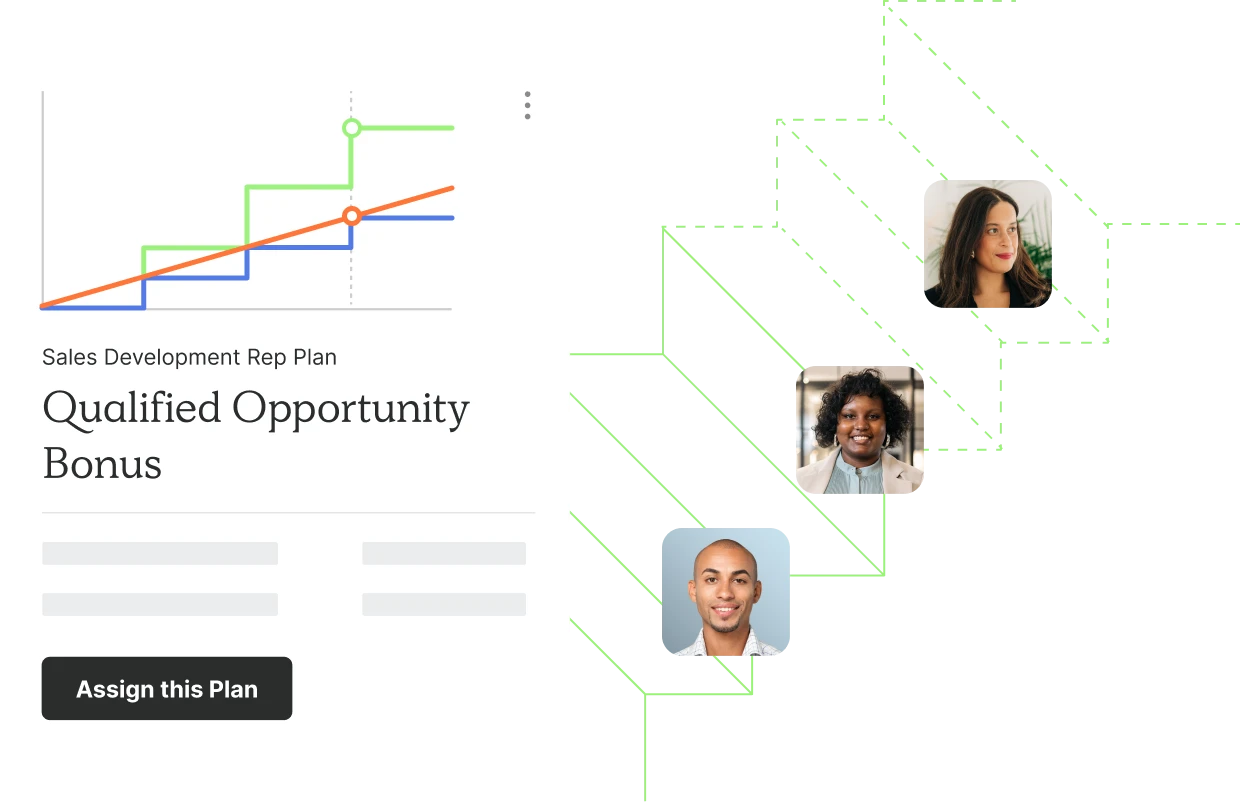
When to use this plan?
Why use an Opps Created & Demos Completed Bonuses with Closed Won Commissions plan?
Encourages reps to focus on serious leads with high potential to close
Customize the Opps Created & Demos Completed Bonuses Plan
Like this plan? Sign up for QuotaPath for free to add your business inputs and adjust the variables.
Forecast earnings & plan performance
See potential earnings based on your inputs and goal attainment progress.
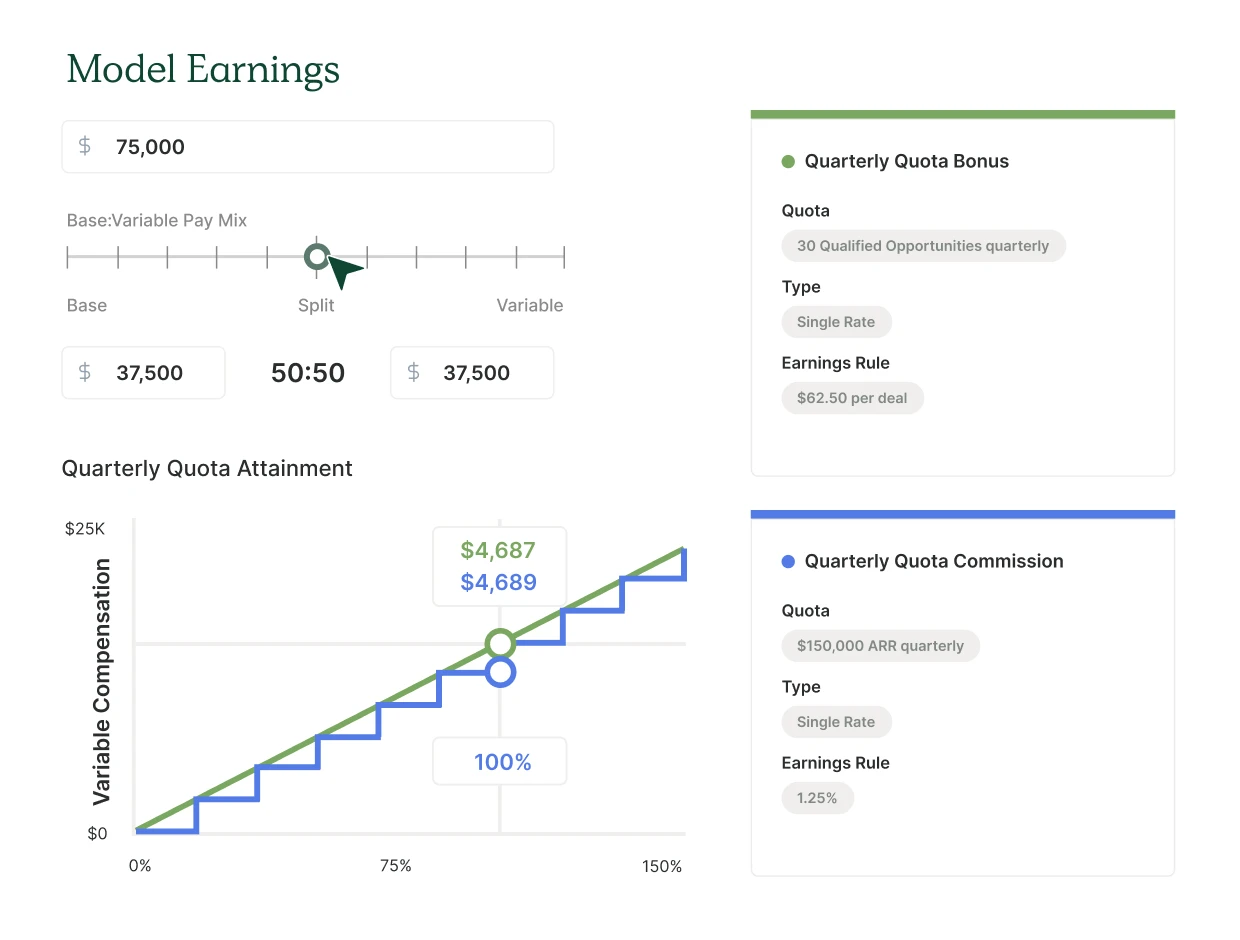
Calculate your Quota:OTE ratio & Sales Funnel
Quickly assess how realistic, attainable, and healthy your OTE to quota ratio is. And, calculate the number of activities needed.
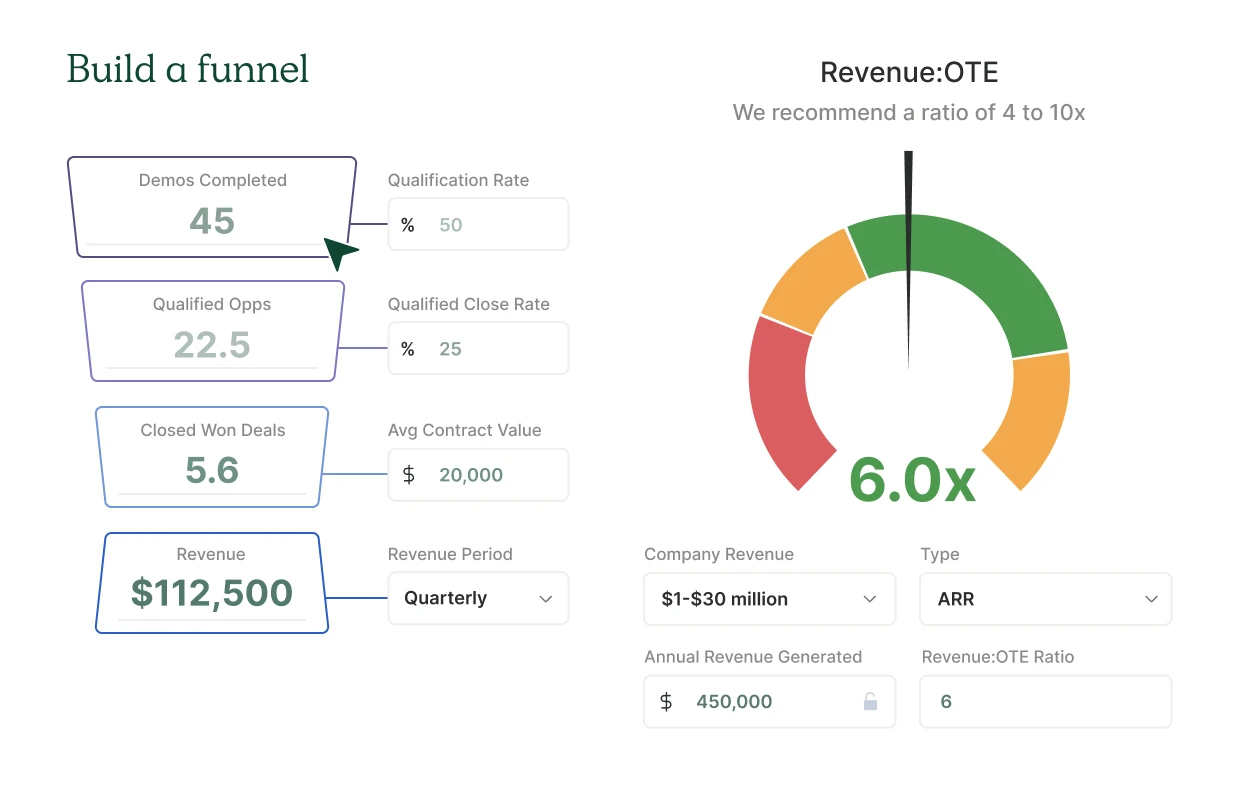
Streamline plan management
Assign the plan to your team and automate sales commission calculations. Be confident your team is being paid fairly and accurately.
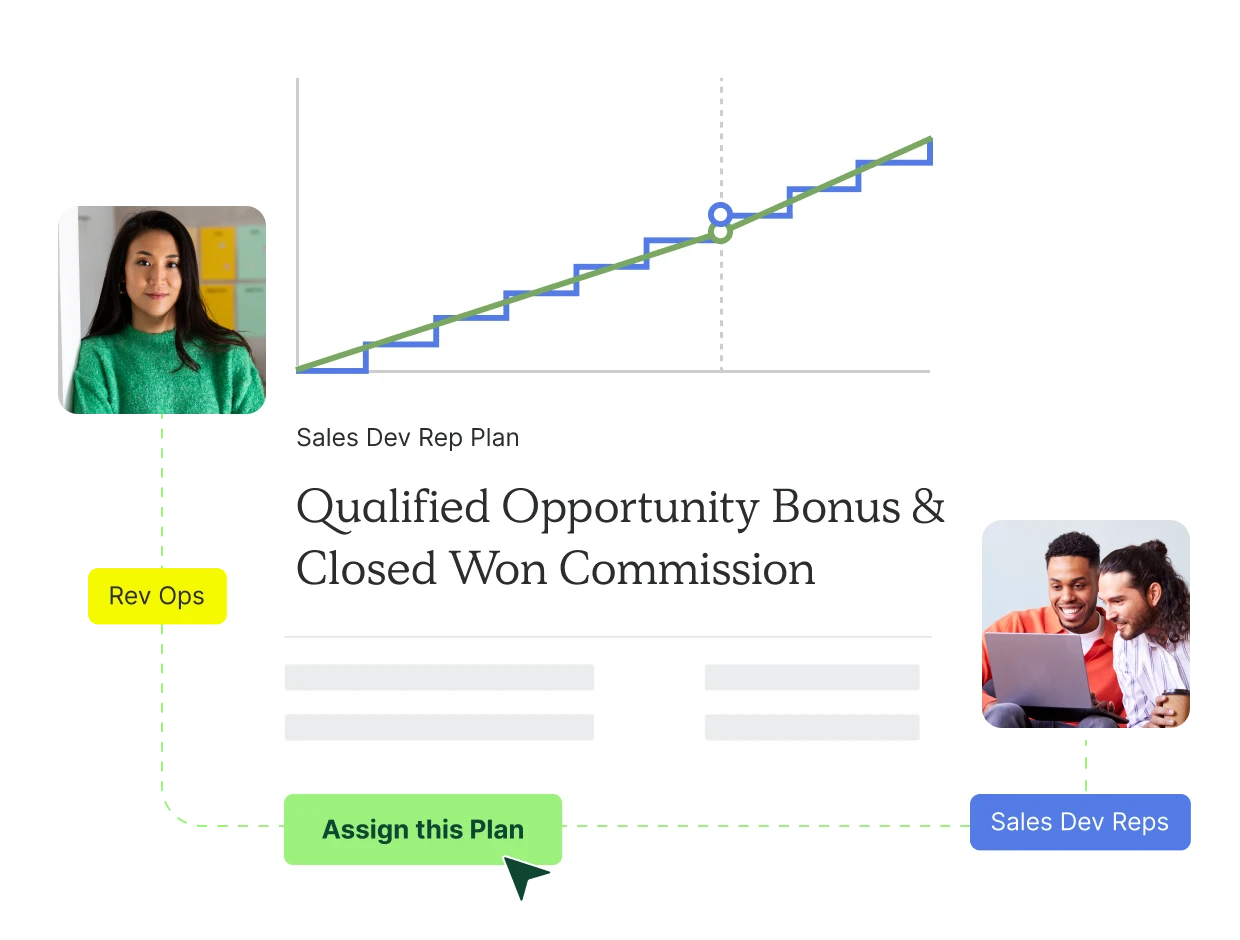
How to adjust this compensation plan template
To customize this plan, you will adjust these 10 variables.
On-Target Earnings (OTE)
OTE combines base salary with variable pay and represents the total amount of money your reps can expect to earn if they hit 100% of their goals.
Pay Mix
Refers to the percentage of a salesperson’s total compensation, made up of base salary, commission, and other incentives. The most common pay mix in SaaS for SDRs is 68% base and 32% variable pay.
Company Revenue
Revenue is the total amount of income that a company generates from its primary operations. In SaaS, annual recurring revenue is one of the most important metrics.
Annual Revenue Generated
This is the annual goal for how much revenue the company generates based on the leads created from the SDR.
Revenue:OTE Ratio
This ratio calculates the multiplier increase between an SDR’s OTE and the amount of revenue the company generates based on the leads the SDR creates. The most common multiplier in SaaS is revenue 8x that of the OTE, but this will vary based on size and stage of the company.
Demos Completed
A “qualified opportunity” classifies as any lead the SDR creates that meets specific criteria or parameters so that reps pass along quality leads to their AE counterparts.
Closed/Won Deals
These represent any deal that an AE goes on to close that originated from an SDR-sourced lead.
Average Contract Value
Often abbreviated to ACV, this number represents the average deal size that your company sells.
Average Contract Value
Often abbreviated to ACV, this number represents the average deal size that your company sells.
Revenue Period
Your revenue period sets the frequency at which your SDR team’s revenue goal resets. In SaaS, the most common revenue period is quarterly. However, this number will vary based on your sales cycle.
Frequently asked questions
What makes this a good SDR compensation plan?
This is SDR compensation plans provides three opportunities for SDRs to make OTE while putting quality control on their leads. It has the rep’s interest in mind and cleans up the pipeline with stronger opportunities.
What is a good commission rate for this plan?
Typically, SDR commission percentages fall between .5% to 6%. This is highly dependent upon how much you’re incentivizing quality over quantity.
What’s a good bonus amount for each of the bonuses here?
That depends entirely on your business needs! Some plans offer a $500 bonus per opportunity or $20 bonus on a demo completed. We do not recommend rewarding the same amount on both activities. Instead, set the bonus based on the value of the activity. For instance, generating a qualified opportunity is a more valuable activity than a demo that completes. Your bonuses in this plan should reflect that.
What other SDR comp plans should I consider?
This plan blends three of the most widely adopted SDR compensation plans. While that can be a good thing, it also can be confusing to reps who might want just one metric to focus on. If you want your team focusing exclusively on creating new opportunities, we suggest the Qualified Opportunity Bonus. For something that puts a bit more quality control on their efforts but keeps the control with the SDR, consider the Demos Completed Bonus. Or, you could just offer Closed Won Commission structure, but we don’t typically recommend this because so much of their success falls outside of their control. In any case, QuotaPath can track and payout these plans to make it a bit easier on your finance and revenue teams.
What about activity-based SDR comp plans?
Like demos completed and qualified opportunities created sales compensation models, some companies will pay SDRs a bonus for hitting a specified number of activities over the course of a week, month, or quarter. You’ll have to define ‘activities,’ because this word can mean anything from the number of cold calls made, to the number of emails sent, to the number of new prospects added to your CRM. Make sure you clearly define what constitutes as an activity and design your plan accordingly.
What is a sales funnel?
A sales funnel tracks the customer’s journey from prospect, through lead, to customer. All funnels include various stages with the goal to move the customer through the stages until the purchase. More commonly, you’ll see TOFU, MOFU, and BOFU associated to indicate top of funnel, middle of funnel, and bottom of funnel. Those in the top are least likely to close, while those in the bottom are most likely to convert to a customer.
How do you analyze your sales funnel?
Our free Sales Funnel calculator can be used by SDR and sales teams to calculate scenarios like how many meetings they need to book in order to reach quota. Use it to experiment with different close rates, average contract values, and activities to see what’s right for your business, team, and individual goals. Great for 1:1 meetings and building SDR comp plans.
What is an SDR?
In sales, an SDR is an acronym for sales development representative. This role typically sits within the sales function but may also fall under marketing. Their main responsibilities involve prospecting, setting appointments, and generating qualified leads to pass along to sales. To learn more about sales compensation for SDR teams, read our blog.
Explore similar compensation plans
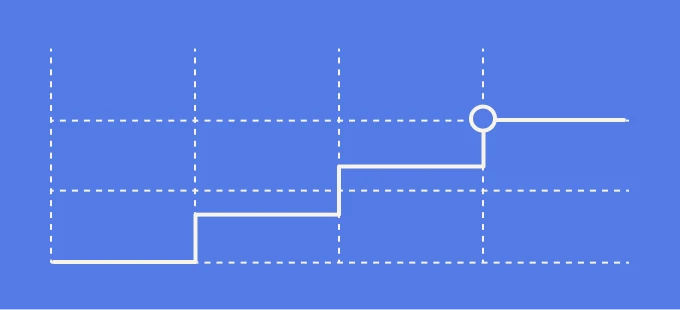
Qualified Opportunity Bonus
Use for long sales cycles and when you have a solid understsanding of what qualifies as an opportunity.
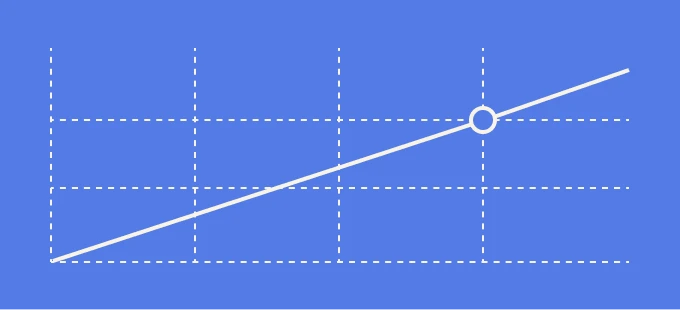
Closed Won Commission
Great for when your team has short, transactional sales.
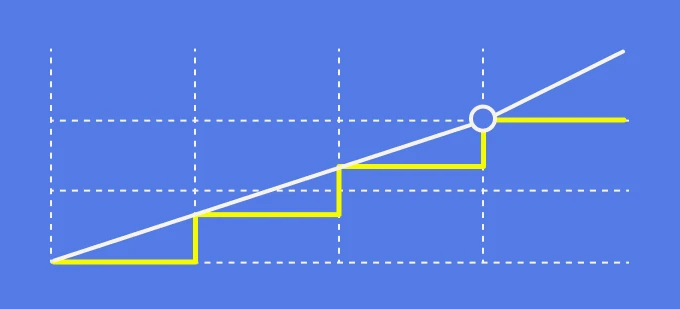
Qualified Opportunity Bonus & Close Won Commission
Our favorite SDR plan that spreads the payout across the sales funnel.
What industry leaders say
Manage compensation & track commissions with QuotaPath
Deliver visibility, automation, and seamlessness across the entire compensation process.